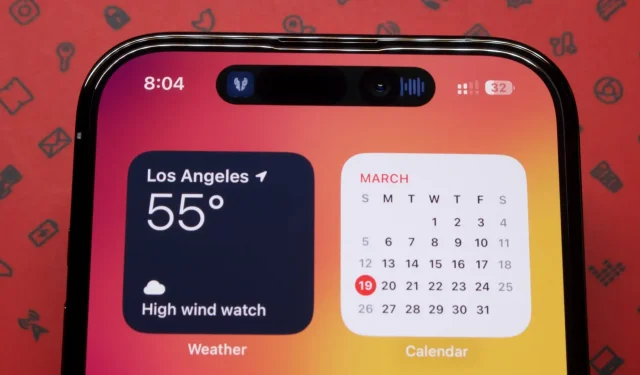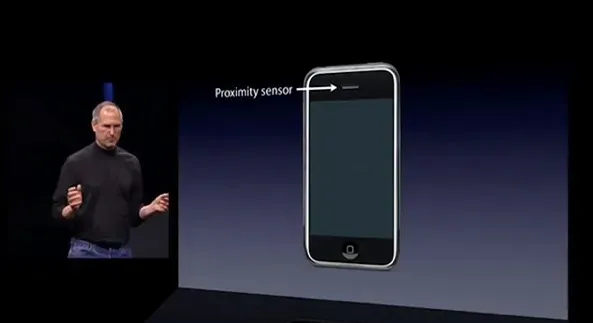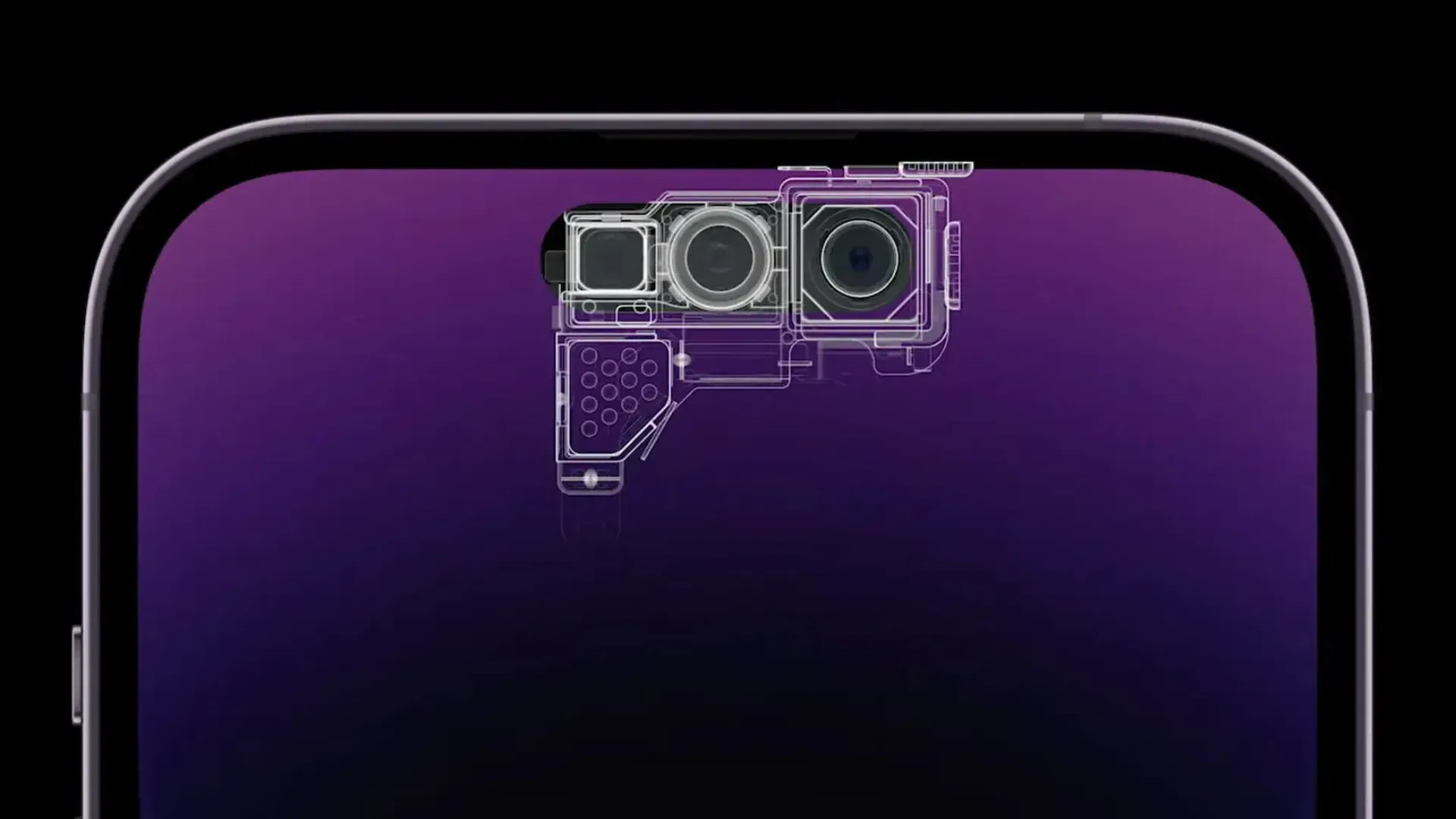Reasons why Apple is bringing the iPhone 15 proximity sensor to Dynamic Island

In addition to the production and cost reduction goals, installing a proximity sensor in the Dynamic Island area on the iPhone 15 may have other benefits.
- What’s happening? iPhone 15 models should add one more component to the Dynamic Island area: a proximity sensor.
- Why care? Apple could reap millions of dollars in additional revenue from this change, but users could also benefit from it.
- What to do? Visit Kuo’s Twitter for more information.
Dynamic Island iPhone 15 may have a proximity sensor

Apple analyst Ming-Chi Kuo, who predicted the move on Twitter, says the iPhone 15 and iPhone 15 Pro models will have a new proximity sensor in Dynamic Island, which won’t necessarily result in a noticeable increase in the entire area.
“In the iPhone 15 series, the proximity sensor is located inside the dynamic island, with little or no change in the dynamic island area,” he tweeted. Kuo also said that Apple will replace Landmark as the exclusive supplier of epitaxial wafers designed for the new proximity sensor on iPhone 15 models.
IQE將取代聯亞,成為iPhone 15系列的proximity sensor的磊晶晶圓 (epi wafer) 14 Pro機型相同的動態島設計,但差別在於iPhone 14 Pro將面積幾乎沒有變化下,將proximity…
— 郭明錤 (Ming-Chi Kuo) (@mingchikuo) March 24, 2023
The new sensor should emit a wavelength of 940nm, compared to 1380nm for the iPhone 14 Pro. A shorter wavelength can mean higher performance.
Kuo also made another prediction, calling for an AirPods Pro update this year with a USB-C charging case, with regular AirPods getting one in 2024.
What benefit can this bring to Apple and its users?
As we speculate, the move rumors could be about making room inside the next iPhone for a supposed periscope lens or additional Taptic Engines for supposed solid-state buttons. Another possibility we mentioned earlier is that it could be a cost-cutting move to boost Apple’s margins.
According to a source at Unknownz21, the new sensor appears to be part of the Singe Pearl module, codenamed Sphinx, which refers to the Face ID sensor array.
Kuo learned about the proposed move from his deep-rooted sources in Apple’s supply chains. Kuo is considered the most trusted analyst to release information about future Apple products, although his time frame may vary slightly.
What is on Dynamic Island?
The Dynamic Island feature debuted on the iPhone 14 Pro and iPhone 14 Pro Max. As in the previous case, Dynamic Island contains all the parts of Face ID.

This includes an infrared transmitter, an infrared receiver, an infrared camera, a point projector, and a FaceTime camera. The speaker is embedded as a tiny cutout in the top bezel, while the proximity sensor on the iPhone 14 Pros is located below the display, right below the Dynamic Island area.
What is a proximity sensor? How it works?
Your iPhone’s proximity sensor detects when the device is near objects, allowing the iOS software to turn off the screen when you hold your phone close to your face. This prolongs battery life and prevents splashes on your face during a call. It also helps optimize the Always-On display feature.
A typical proximity sensor is designed to use infrared light invisible to the human eye to detect the presence of nearby objects without physical contact.
The iPhone’s proximity sensor is programmed to turn off the display and touch module when the phone is within a specified range of hearing for the human ear.
Leave a Reply